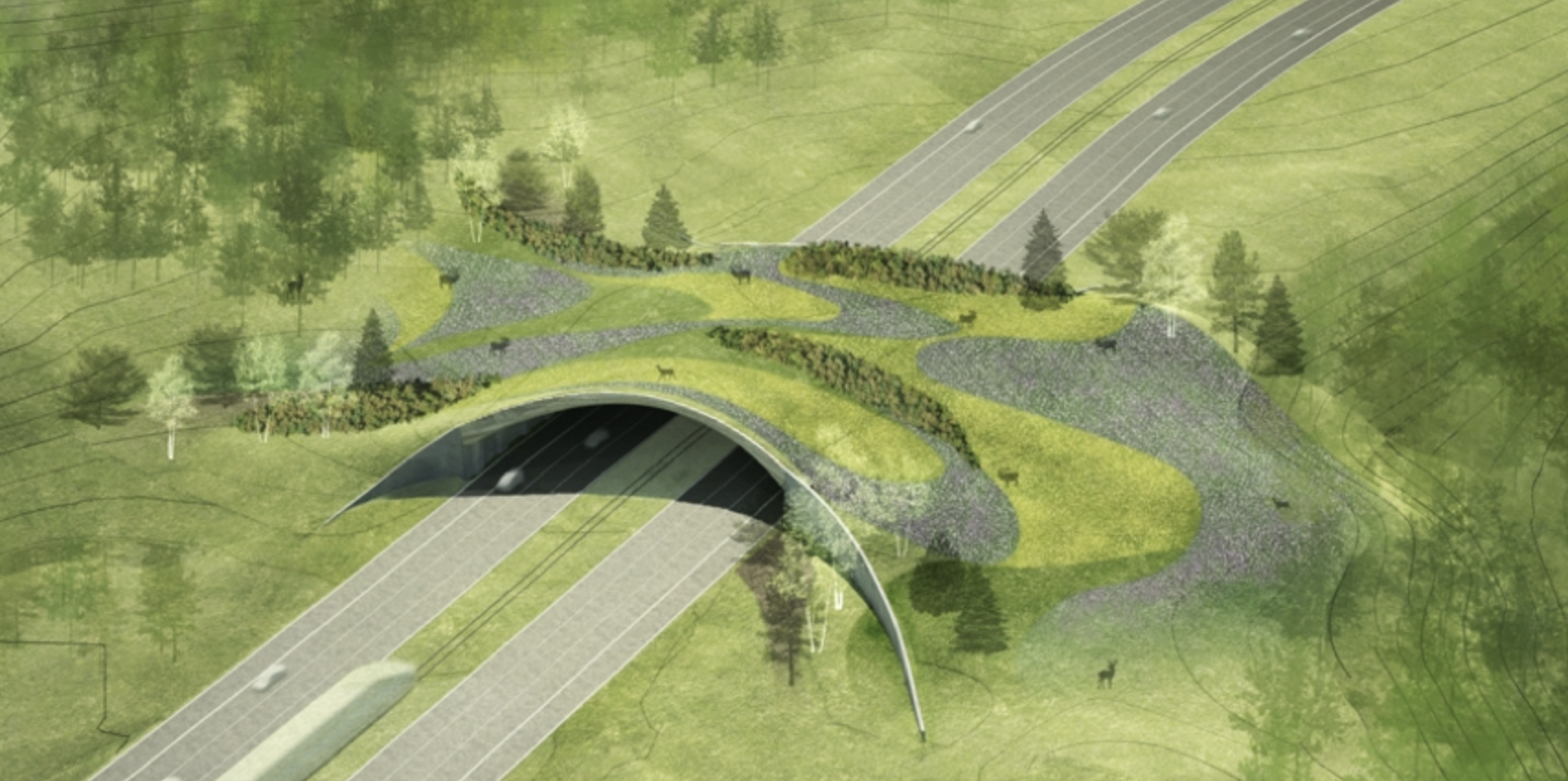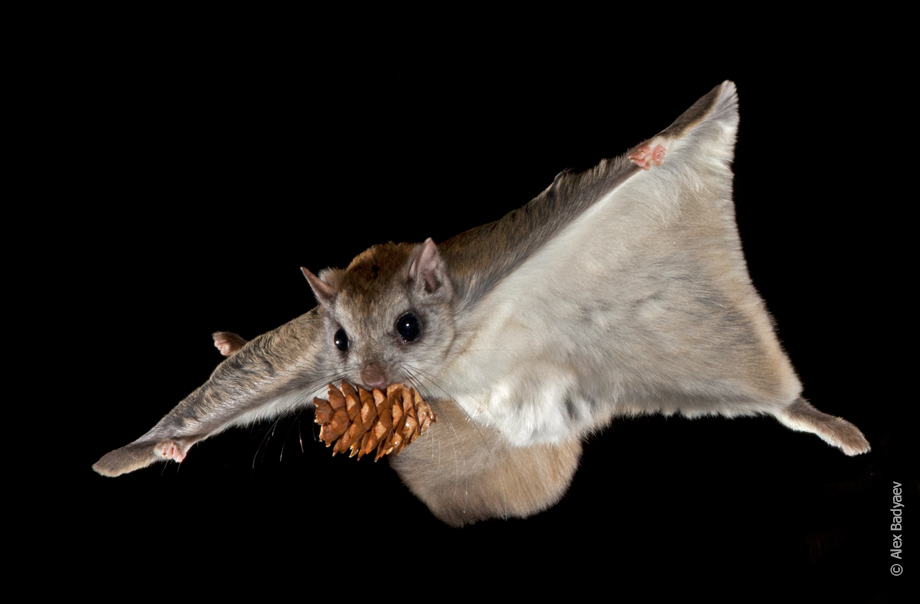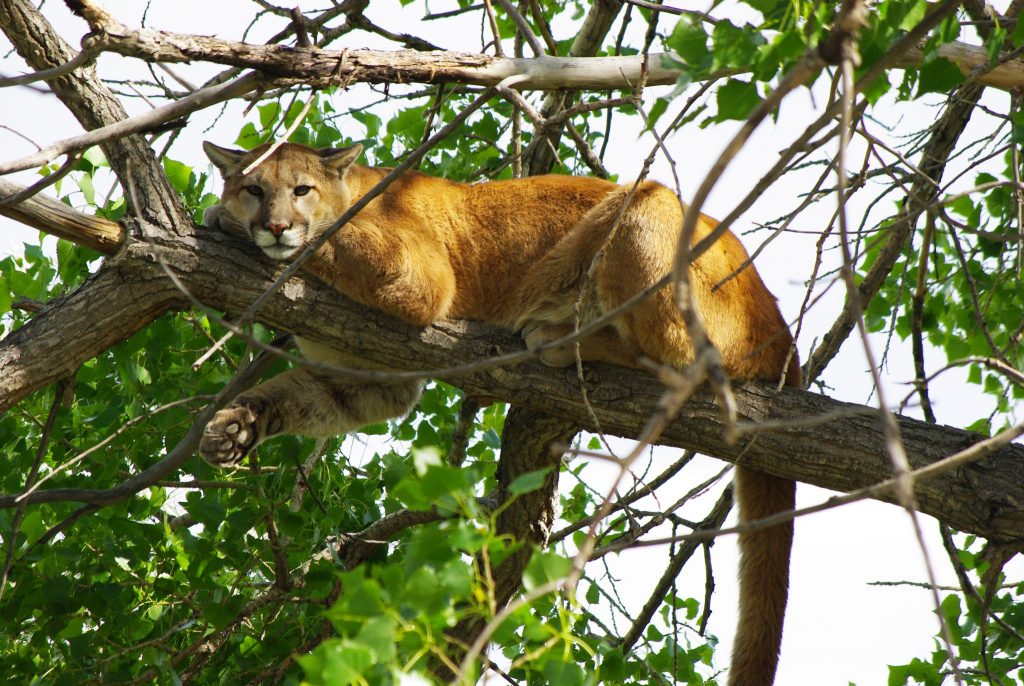Wildlife Corridors
Wildlife Corridors
What Exactly are Wildlife Corridors?
A wildlife corridor. Now, what might that be? We have to admit, we haven’t thought much about them until recently.
It goes back to the silly joke “why does the chicken cross the road?” The answer: “to get to the other side”. But what if there is a major highway in the way? It might not be able to cross at all or it might get smushed while crossing. Uh oh. Not good.
So animals need ways to cross busy roads/intersections without getting hurt or worse. Wildlife corridors solve part of the problem so let’s learn how.

Why are Corridors for Wildlife Important?

Flying squirrel need ways to cross highways safely. Photo: Alex Badyaev/www.tenbestphotos.com.
Corridors for wildlife are critical to helping our animals (and plants) move around on our planet. By connecting pieces of land, they help animals migrate, find mates, water or food.
Our landmasses are now separated by buildings, roads, parking lots or even other pieces of land. Without corridors, animals can become isolated. Their food or water source may be out of reach or a potential mate may be inaccessible. In worst cases, the animals can become extinct.
Take the Carolina northern flying squirrel. The squirrel’s habitat got cut in two by a new major highway. And the highway was too wide to glide across, as flying squirrels do. Without assistance crossing the road, all sorts of bad things started to happen. Ah, but luckily there is a happy ending. Read their story on our blog “Animals-Flying Squirrels”.

Florida panthers need habitat corridors to move across their territories. Photo: Justin Shoemaker/USFWS
What Animals Benefit?
First, what kind of animals benefit from wildlife corridors? Think about bears, panthers, and pronghorn sheep. All need to be able to move long distances in order to survive.
What about insects and smaller animals? Butterflies, frogs, salmon and many bird species often use corridors to migrate and breed. A frog needs a pond (or some kind of water feature) in which to lay her eggs. If the path to the pond is blocked by a busy road…well, you get the picture. To learn more, watch a great webinar “Protecting Wildlife Corridors not Safeguard Biodiversity & People” by Wildlands Network.
And second, what about plants? Surely plants don’t need the corridors. Ah, but they do!
Back in 2006, a 6-year study found plants, especially native plants, benefit from wildlife or habitat corridors. One example: bluebirds disperse more plant seeds when corridors exist than without them. The movement of the birds is increased with the help of corridors, thereby helping the plants. Very cool.
Easy Actions To Take
Provide native habitat in your yard. Your garden may provide a waystation for insects on their migration.
Support Wildlands Network, one of our partner organizations.
Resources
Connecting Wildlife Habitats by the National Wildlife Federation
Wildlife Corridors Conservation Act. A summary by Wildlands Network
